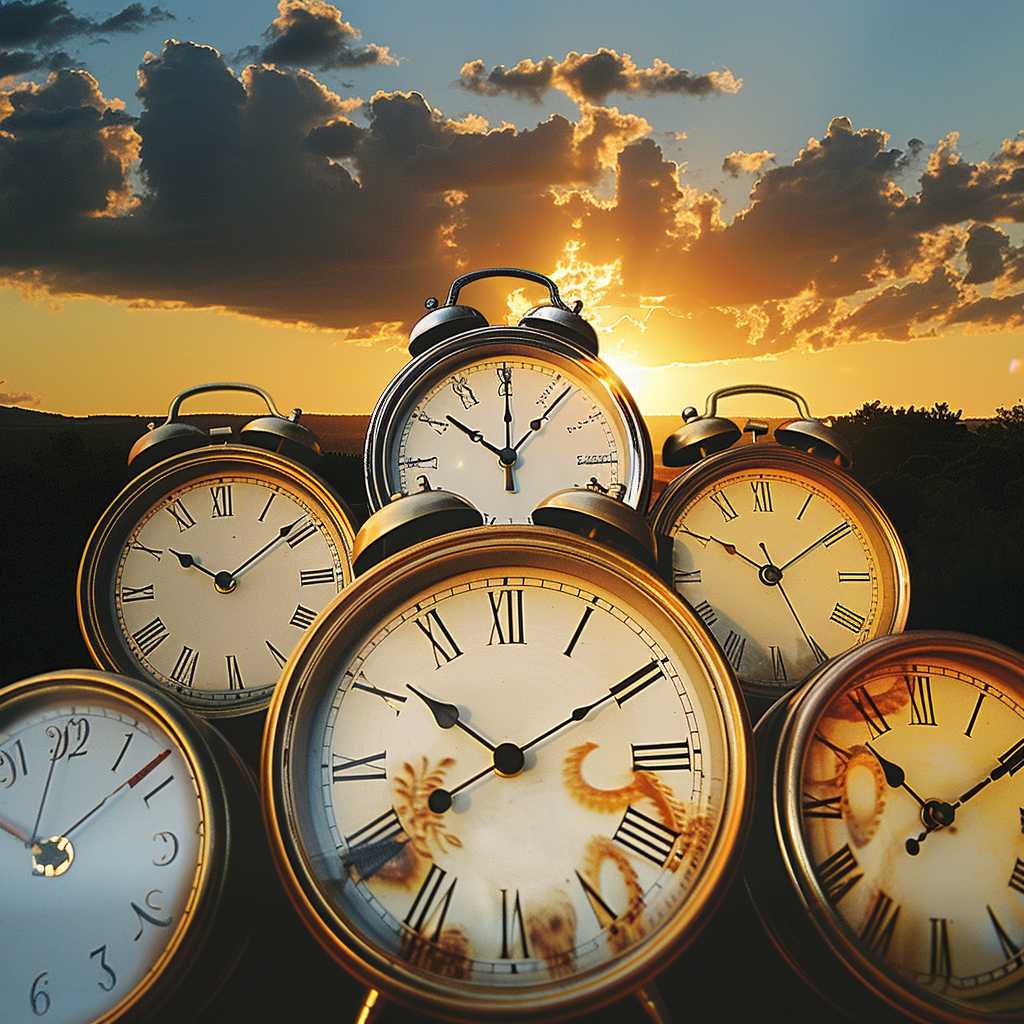The Comprehensive Guide to Daylight Saving Time Changes and Implications
Daylight Saving Time (DST) is a widely discussed and often contentious topic. Adopted in many countries around the world, the practice involves setting the clock forward one hour during the warmer months to extend the evening daylight. Likewise, clocks are set back by an hour in autumn to resume Standard Time. This article provides a detailed examination of DST, its history, benefits and drawbacks, global practices, and some recent debates and developments concerning its future.
Origins and Historical Context of Daylight Saving Time
The concept of shifting the clock to make better use of daylight was first proposed by Benjamin Franklin in 1784, primarily to conserve candles. However, it was not until World War I that Germany and Austria adopted DST on April 30, 1916, to save fuel by reducing the need for artificial lighting. This idea was quickly adopted by other countries including the United Kingdom and the United States.
How Daylight Saving Time Works
DST typically starts in the spring and ends in the fall. In the spring, clocks are moved forward from standard time during the early morning, effectively moving an hour of daylight from the morning to the evening. In the fall, clocks are shifted back to Standard Time, returning that hour of daylight to the morning.
Benefits Advocated by Proponents
Proponents of DST argue that it saves energy as it reduces the need for artificial lighting and heating. It is also suggested that extended evening daylight promotes outdoor activities, which can have positive implications for physical health and the economy—particularly in tourism-dependent regions.
Criticism and Resume
Despite its alleged benefits, DST has faced criticism. Opponents argue that the anticipated energy savings are marginal at best. Moreover, DST has been linked to negative health effects stemming from the disruption of human circadian rhythms, leading to sleep problems and reduced efficiency.
Additionally, there is evidence suggesting an increase in road accidents and workplace injuries immediately after clocks are changed. Critics also highlight that the practice is outdated since modern society no longer operates according to sunlight hours due to advancements in technology and nonstop corporate operations.
Global Practices and Regional Variations
Implementation of DST varies globally—with most countries in Europe and North America adopting it while most African and Asian countries do not observe it. Furthermore, even within countries that do adopt DST, there may be regional differences due to legislative or administrative decisions.
For instance, in the United States, while most of the country observes DST, states like Arizona (except for the Navajo Nation) and Hawaii do not. Elsewhere, Russia adopted year-round DST from 2011 until 2014 before abandoning DST entirely due to negative public feedback about perpetual summer hours in winter time darkness.
Recent Debates on Daylight Saving Time
In recent years, many experts and policymakers have discussed abolishing or revising the practice of DST due to mixed evidence about its overall benefits. There is a growing body of research questioning the usefulness of seasonal time changes. Some regions considering abolishing DST cite public demand for stable year-round time as a trigger for their decision-making processes.
Several countries have conducted referendums or consultations on this matter with varying outcomes. Similarly, states within countries like Canada and Australia have also examined public sentiment to inform their DST decisions.
Canadian Senate Recommendations on Daylight Saving Time
In Canada, debate over whether to abolish DST has led to some provinces considering making daylight saving time year-round. Saskatchewan already does not observe DST. The Canadian Senate has also discussed potentially recommending that other provinces keep their clocks at one standard to avoid disruption from hourly shifts.
Notes
*Image Description*
An image depicting multiple clocks showing different times during Daylight Saving Time changeover with some set forward an hour and others on standard time against a background showing a sunrise scene depicting daylight transition.
